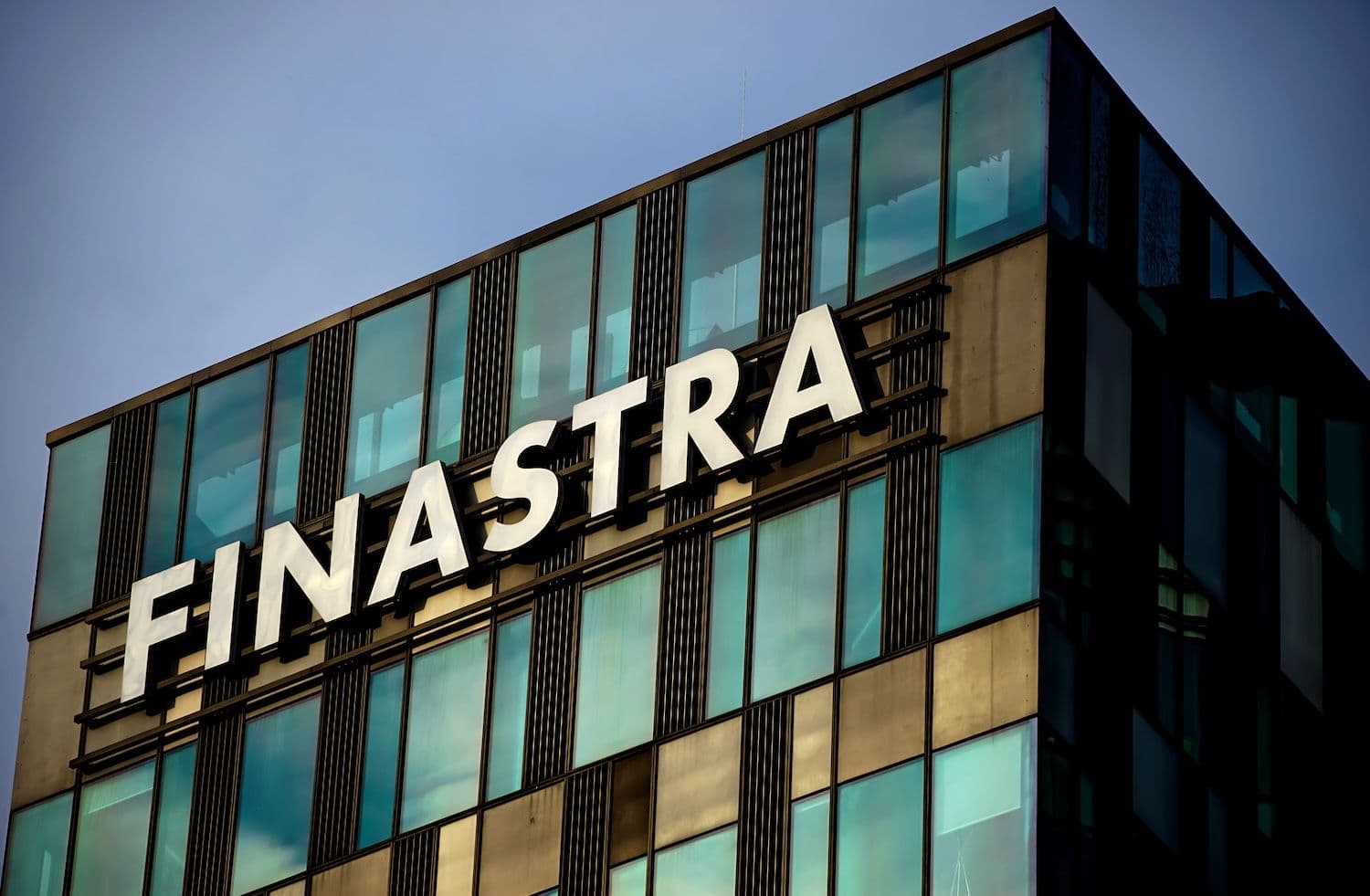Circle Internet Financial and London-based financial technology firm Finastra announced Wednesday a partnership that will integrate USDC settlement capabilities into Finastra's Global PAYplus platform. The collaboration affects a payment infrastructure that processes more than $5 trillion in daily cross-border transaction flows, potentially marking a significant step toward mainstream adoption of blockchain-based settlement systems in traditional banking.
What to Know:
- Circle's USDC stablecoin will be integrated into Finastra's Global PAYplus platform, which serves thousands of banks across 130+ countries and handles over $5 trillion in daily payment flows
- Banks using the platform will be able to settle transactions with USDC while maintaining payment instructions in traditional fiat currencies, aiming to reduce costs and settlement times
- The partnership represents Circle's push beyond cryptocurrency markets into institutional banking infrastructure, following the company's public listing earlier this year
Finastra's Global PAYplus platform serves as a critical payment hub for financial institutions worldwide. The system currently supports thousands of banks operating in more than 130 countries, making it one of the most extensive payment processing networks in the global banking sector.
The integration will allow participating banks to settle cross-border transactions using Circle's USDC stablecoin while preserving existing payment instruction formats in traditional fiat currencies.
Financial institutions can test blockchain-based settlement methods without overhauling their current compliance frameworks or foreign exchange processes.
Finastra provides financial software solutions to over 8,000 customers globally, including 45 of the world's 50 largest banks. Chris Walters, Finastra's chief executive, said the partnership would help clients access innovative settlement options "without the burden of building their own systems."
Stablecoin Settlement Gains Institutional Traction
The collaboration reflects growing institutional interest in stablecoin infrastructure for cross-border payments. Blockchain-based settlement systems can operate continuously, unlike traditional correspondent banking networks that face time zone limitations and processing delays.
Circle's USDC maintains a circulating supply of approximately $69 billion, making it one of the largest stablecoins by market capitalization. Jeremy Allaire, Circle's co-founder and chief executive, described Finastra's reach and expertise in payment infrastructure as making them "a natural choice to further expand USDC settlement in cross-border flows."
The partnership positions Circle alongside payment industry leaders such as Stripe and PayPal, which have developed proprietary stablecoin infrastructure. Several major banks and retail companies are exploring token-based payment models as alternatives to traditional settlement methods.
Regulatory authorities in the United States, Europe, and Asia continue examining stablecoin implementations, weighing potential benefits against systemic risks. The scrutiny reflects growing recognition of stablecoins' role in both cryptocurrency markets and traditional financial infrastructure.
Understanding Digital Payment Terms
USDC functions as a stablecoin, a type of cryptocurrency designed to maintain stable value relative to a reference asset, typically the U.S. dollar. Unlike volatile cryptocurrencies such as Bitcoin, stablecoins aim to provide price stability for payment and settlement applications.
Cross-border payment settlement involves the final transfer of funds between financial institutions to complete international transactions. Traditional settlement often requires multiple correspondent banks and can take several business days to complete.
Blockchain technology enables direct peer-to-peer transactions without intermediary institutions, potentially reducing settlement times from days to minutes. Smart contracts can automate settlement processes while maintaining transparency and immutability of transaction records.
Market Response and Financial Performance
Circle's shares closed Wednesday at $127.40, declining 1.28% from the previous trading session. The decrease occurred during broader market weakness, with Bitcoin falling 0.7% to $111,277 over 24 hours and Ethereum dropping 2.2% to $4,511.
Circle completed its public listing earlier this year through a special purpose acquisition company merger. Investors have shown interest in stablecoin exposure as digital payment infrastructure continues expanding into traditional financial services.
The partnership announcement came as cryptocurrency markets experienced mixed performance, reflecting ongoing volatility in digital asset valuations despite increasing institutional adoption.
Closing Thoughts
The Circle-Finastra partnership represents a notable bridge between cryptocurrency infrastructure and traditional banking systems, potentially affecting how thousands of banks handle cross-border settlement. The integration of USDC into a $5 trillion daily payment platform signals growing institutional confidence in stablecoin technology for mainstream financial applications.

